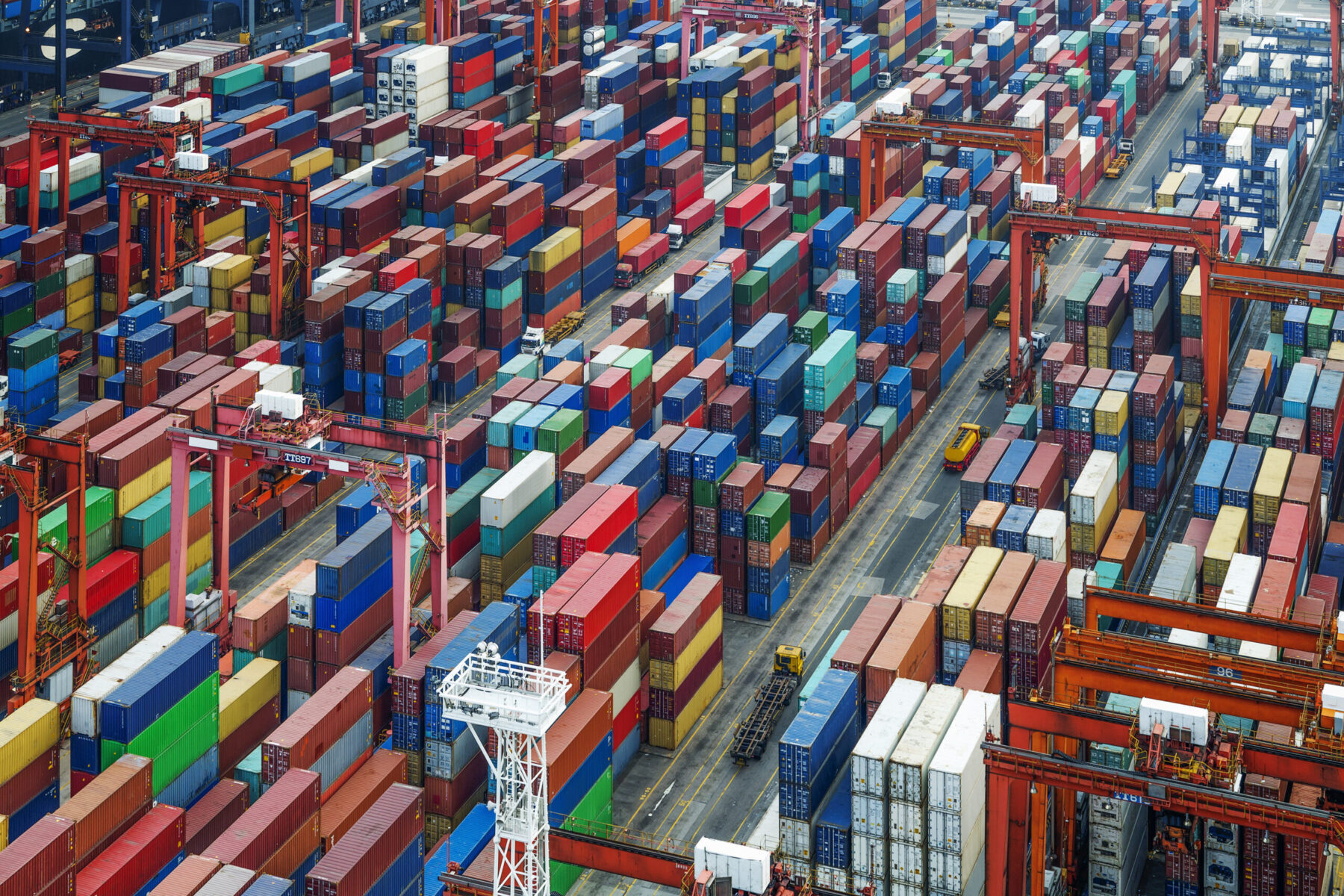Lean logistics: How to manage supply chain costs through disruption
Scroll to find out more
Scroll to find out more

After a year of declining freight prices finally giving shippers some respite from high rates and squeezed capacity, 2024 has brought a fresh wave of uncertainty. In particular, disruption in the Red Sea has hit shipping routes hard, putting upward pressure on freight costs and availability.
With carriers rerouting vessels away from the Suez Canal, as well as issues with water levels in the Panama Canal, supply chains are seeing extended lead times and port congestion, pushing up rates. In recent months, Asia-N. Europe rates have gone up 173%, Asia-Mediterranean prices have doubled, while carriers have also taken the chance to implement surcharges ranging from $500 to $2,700 per container.
With global demand still uncertain with Western economies eyeing sluggish growth in the year ahead, shippers are under major pressure to optimise costs through their supply chain. This is especially acute for businesses working with legacy freight forwarders where limited visibility and manual processes can create opportunities for inefficiencies to creep in.
Here we explore how shippers can use modern freight forwarding to get true control over supply chain costs and maximise product margins.
The more complex your supply chain, the more challenging it can be to understand the true picture of what is going on. And in a period where shipping conditions can change rapidly, from rates to routes, knowing your options is an essential part of avoiding unnecessary costs.
Traditional supply chain models often limit visibility to immediate suppliers – and even then, communication can end up siloed in various teams and formats. Managing a supply chain in the modern era means being able to understand your entire supply chain in real time.
Manual supply chain processes, relying on a mix of emails, phone calls and paper documentation result in hundreds of lost hours on administration work for your team. Running a supply chain that can keep up with the market requires the ability to access all critical information, documentation and updates in a fast, sharable format.
Using a live supply chain platform and digital twin, digital freight forwarders can help automate routine tasks, integrate disparate supply chain systems, and enhance data accuracy and availability.
Environmental, social, and governance (ESG) considerations are increasingly becoming a focal point in supply chain management, with regulators adding pressure to both carriers and shippers to be transparent and proactive in their sustainability initiatives. These include the EU Corporate Sustainability Reporting Directive (CSRD), the Green Deal and Digital Product Passport (DPP) and Sustainable Finance Disclosure Regulation (SFDR).
Beyond compliance, however, cost savings and efficiency are also cited as the top motivators for embarking on supply chain sustainability by 61% of companies. The challenge for many shippers looking to ship green is sourcing accurate, up-to-date emissions data.
With costs and equipment levels subject to disruption and bottlenecks due to ongoing congestion, making the most of each shipment remains a key priority.
By working closely with ordering and manufacturers, logistics managers can adopt data-driven strategies that ensure every product moves along the most appropriate route according to urgency and margin.
With shipping conditions still subject to rapid change, effective, data driven supply chain management is key to managing costs across your network. Making the right decisions for your business requires clear, reliable data and consistent execution. Zencargo’s digital freight forwarding is the choice for leading businesses worldwide, combining the visibility of our live supply chain platform with a global network of experts ready to adapt your strategies in real time.
To find out how you can take control of your supply chain costs and stay ahead of disruption, book a free consultation with one of our logistics experts today.